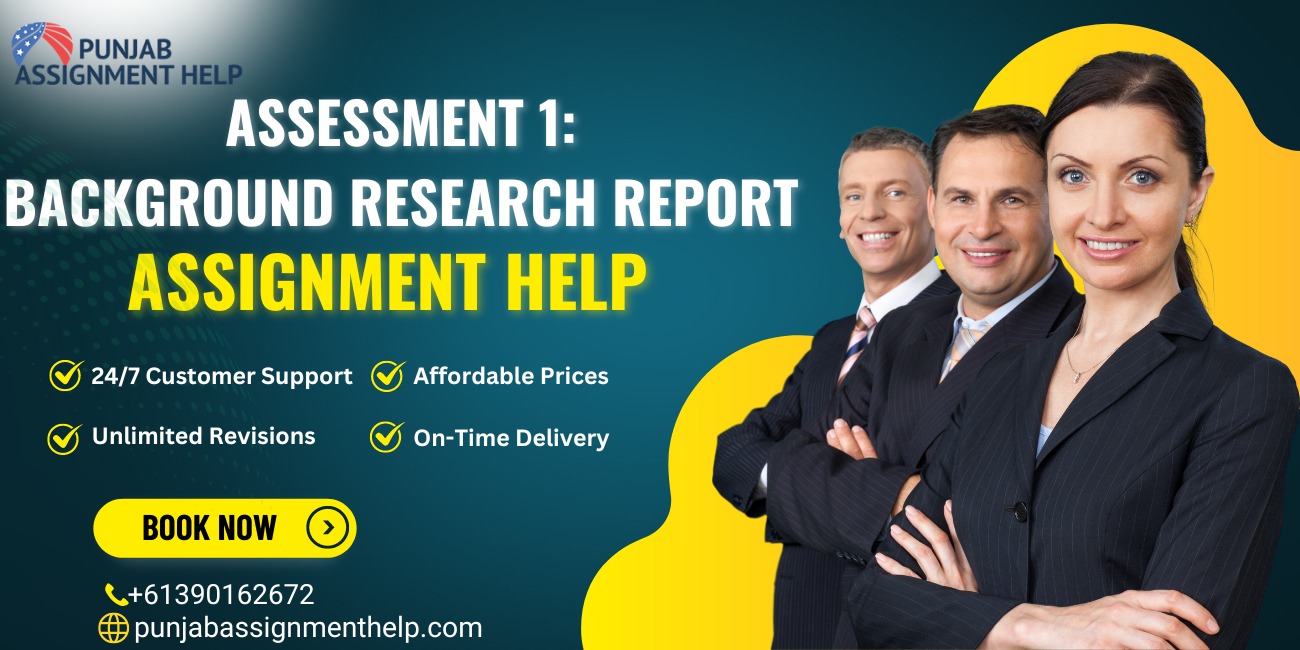
The targeted Course Learning Outcomes (CLOs) for this assessment are:
1. Examine and discuss design thinking, exploring its manifestations and implications within organisational contexts.
This assessment will be marked according to the rubrics provided below.
This assessment evaluates your ability to conduct primary research (first-hand collection of new/original data by conducting an interview) and secondary research (summary or synthesis of data and literature
Forprimaryresearch,youwillneedto:
![]() conduct at least 3-5 (not less than three and can be more than 5) interviews
conduct at least 3-5 (not less than three and can be more than 5) interviews
![]() Alternatively, you can capture qualitative comments from 8-10 respondents (more than 10 is always good) through a survey with your stakeholder’s representative of the customer market (if possible) or seek broader representation (e.g. general public) in order to get deeper picture around the design problem.
Alternatively, you can capture qualitative comments from 8-10 respondents (more than 10 is always good) through a survey with your stakeholder’s representative of the customer market (if possible) or seek broader representation (e.g. general public) in order to get deeper picture around the design problem.
For secondary research, you will be starting with library databases (finding industry articles, reports from IBIS Word, Marketline, etc. and all other industry documents), and Google Scholar (finding relevant peer- reviewed academic articles) and then collecta set of relevant peer reviewed references which have examined the challenge to findout what we already know and the themesthat are originating.
Note:Thetoolscoveredwithinsecondary and primary research will be discussed during class, so it is very important that you as that will help you to understand how each tool is
Following this, you will conduct a brief thematic analysis of the data. Having completed the research, you must now synthesise the data collected, identify the key findings (themes) and write a summary.
Support your thematic analysis with illustrative quotes/evidence from your primary research.
The following structure is recommended for your report:
![]() Cover page
Cover page
![]() Executive Summary
Executive Summary![]() Table of Contents
Table of Contents
![]() Introduction
Introduction
![]() Introduction of the industry partner (with facts and references).
Introduction of the industry partner (with facts and references).
![]() Statement of initial problem or issue.
Statement of initial problem or issue.
![]() Link to the next sections of the report of the report.
Link to the next sections of the report of the report.
![]() Secondary Research
Secondary Research![]() Primary Research
Primary Research
![]() Discussion
Discussion
![]() Analysis of data/themes
Analysis of data/themes![]() Affinity Map
Affinity Map
![]() How might we statement (reframed research problem)
How might we statement (reframed research problem)
![]() Conclusion
Conclusion
![]() Reference list
Reference list![]() Appendix
Appendix
You must use a minimum of eight (8) references in your report using RMITHarvardreferencing style.
The title page, reference list, and appendices are NOT included within the word count.
TheassessmentwillbesubmittedinCanvas
![]() Acknowledged words, data, diagrams, models, frameworks and/or ideas of others you have quoted (i.e. directly copied), summarised, paraphrased, discussed or mentioned in your assessment through the appropriate referencing methods
Acknowledged words, data, diagrams, models, frameworks and/or ideas of others you have quoted (i.e. directly copied), summarised, paraphrased, discussed or mentioned in your assessment through the appropriate referencing methods
![]() Provided a reference list of the publication details so your reader can locate the source if necessary. This includes material taken from Internet sites
Provided a reference list of the publication details so your reader can locate the source if necessary. This includes material taken from Internet sites
If you do not acknowledge the sources of your material, you may be accused of plagiarism because you have passed off the work and ideas of another person without appropriate referencing, as if they were your own.
RMIT University treats plagiarism as a very serious offence constituting misconduct.
Plagiarism covers a variety of inappropriate behaviours, including:
![]() Failure to properly document a source
Failure to properly document a source![]() Copyright material from the internet or
Copyright material from the internet or
databases
![]() Collusion between students
Collusion between students
For further information on our policies and procedures, please refer to the RMITUniversitywebsite.
AssessmentDeclaration
When you submit work electronically, you agree to the Assessment declaration


Get original papers written according to your instructions and save time for what matters most.